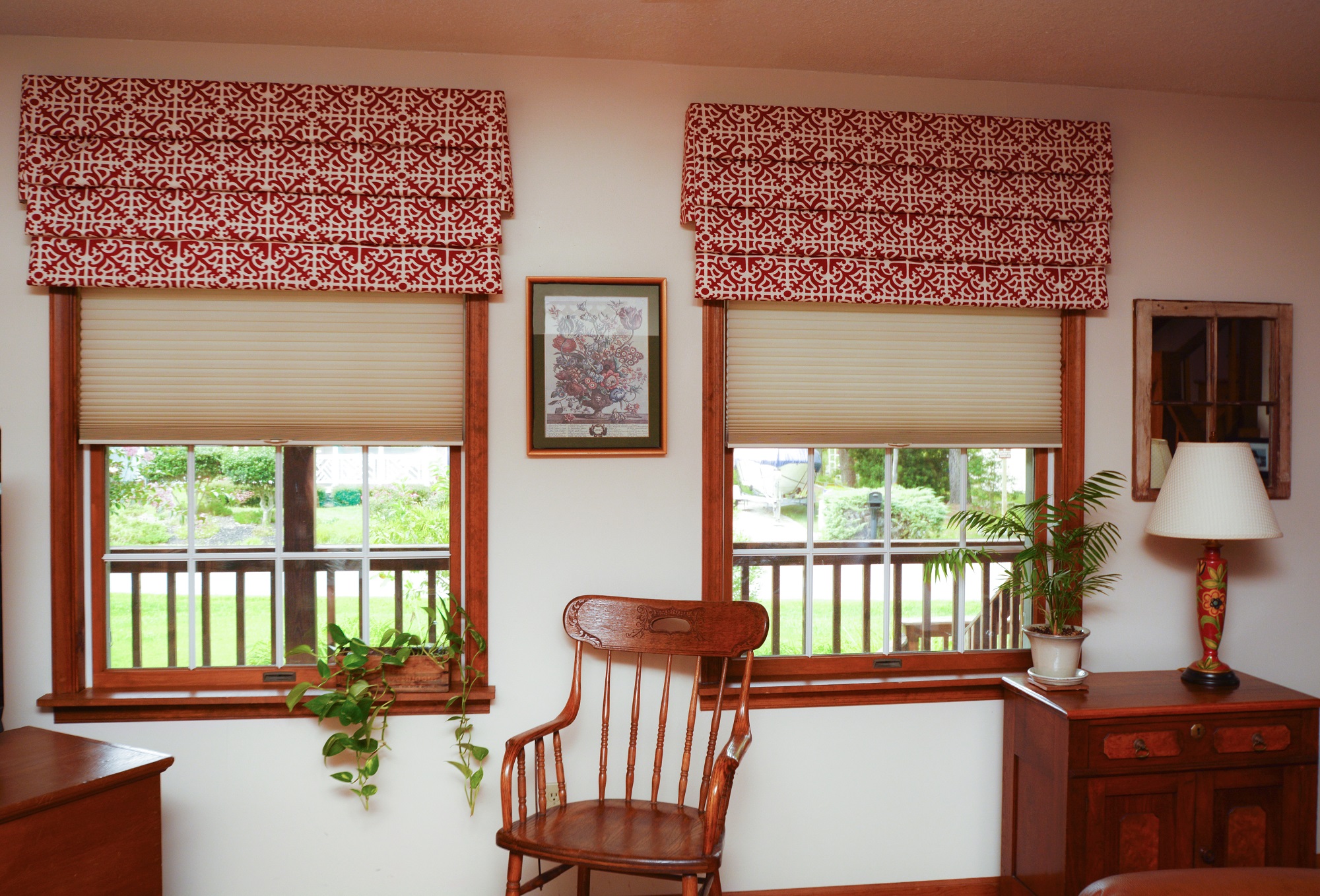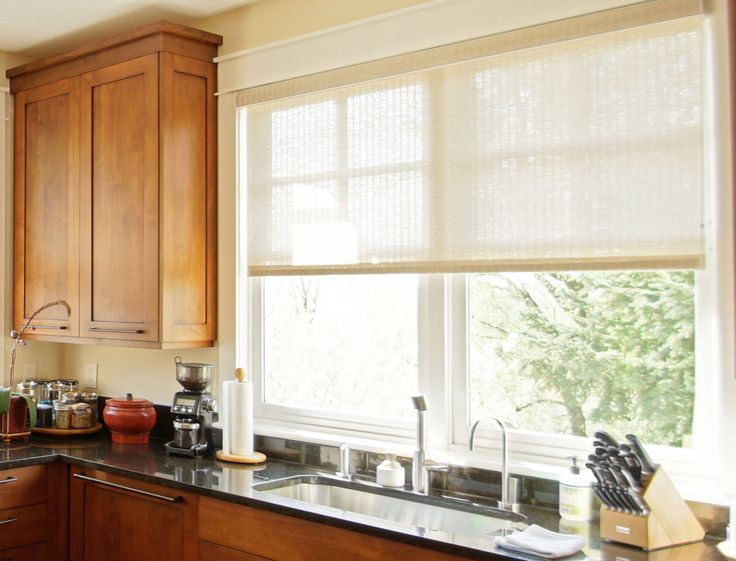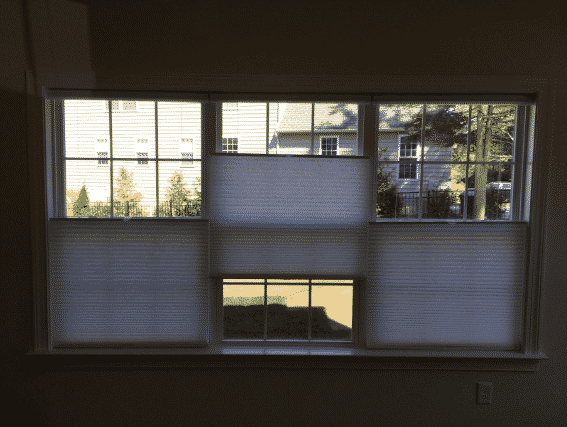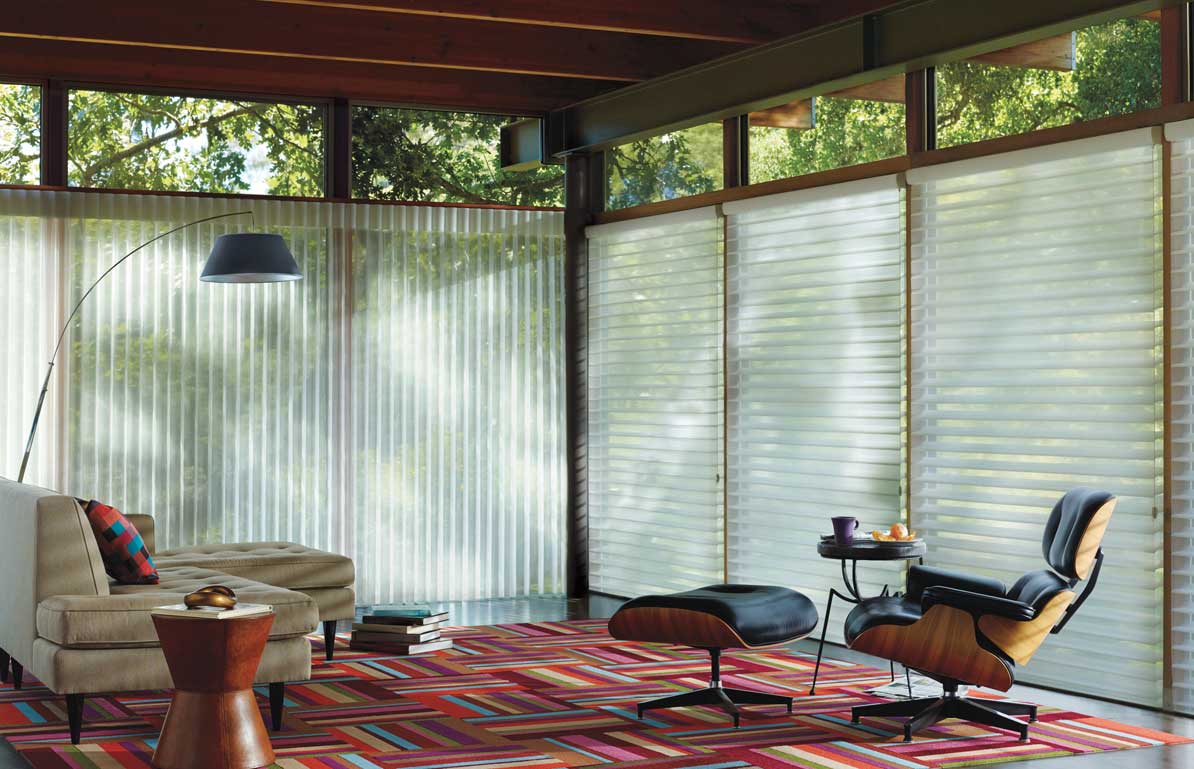Why Do Homes Feature Decorative Window Shades?

Homes across cultures and time periods have often included decorative window shades as both functional elements and artistic enhancements. Window treatments have evolved from simple utilitarian solutions for light and privacy control into complex designs that reflect personal style, cultural influences, and the aesthetic of the living space. This evolution highlights the dual purpose of window shades in our homes; they are not just about privacy or temperature control, but also about the expression of self and creativity.
The Historical Perspective

Looking back in history, window treatments have been an integral part of home decor since ancient civilizations. In ancient Egypt, for example, residents used palm leaves or papyrus to cover their windows. These early forms of blinds or shades were mainly for practical purposes like blocking the sun, providing shade, and reducing dust entering the homes. However, even then, some homes featured intricately woven patterns or designs.
Moving forward, in Roman times, heavy fabric curtains became popular, often dyed with deep and rich colors, indicating wealth and status. During the Renaissance in Europe, window decorations evolved into elaborate displays of craftsmanship. Here, not only did they serve the purpose of light control and privacy, but they also became canvases for artistic expression, featuring ornate embroidery, lavish draping, and sometimes even gold or silver threads.
Functionality Meets Aesthetic

In the modern era, the blend of functionality and aesthetics in window shades has become more pronounced. Here’s how window shades contribute to both:
- Privacy and Light Control: Shades offer an adjustable solution to control light entering a room or to maintain privacy. Whether they are lowered during the day to soften the harsh sunlight or raised to reveal a scenic view, shades serve a fundamental purpose.
- Insulation and Energy Efficiency: Certain types of shades can significantly reduce heat loss through windows, thus saving on energy costs. This includes cellular shades, which have insulating pockets that trap air, creating a thermal barrier.
- Noise Reduction: Thicker, heavier shades can also dampen outside noise, making your home a quieter sanctuary, which can be particularly beneficial in urban environments.
- Decorative Element: With a vast array of materials, colors, textures, and patterns, shades can become central decorative pieces in a room, tying together various design elements.
Types of Decorative Window Shades

There are several types of decorative window shades, each with its unique charm and functionality:
| Type | Description |
|---|---|
| Roman Shades | Known for their elegant folds when raised, they can be made from various fabrics, providing both a classic look and light control. |
| Roller Shades | These offer a streamlined, modern look, often available in plain colors or patterns, and are easy to operate. |
| Bamboo and Woven Shades | Natural materials like bamboo, reeds, or grasses offer an organic touch, bringing elements of nature into your home. |
| Cellular or Honeycomb Shades | These are known for their energy efficiency, with the design incorporating air pockets for insulation. |
| Motorized Shades | With the integration of technology, these shades can be controlled via remote or even smart home systems, adding convenience to the mix. |

Creating an Aesthetic Impact

Window shades can significantly influence the ambiance of a room. Here’s how:
- Color and Pattern: The choice of color or pattern can either make a bold statement or provide a subtle backdrop, affecting the room’s mood.
- Texture: From smooth silks to textured weaves, the texture of shades can add depth and interest to an interior design scheme.
- Balance and Harmony: When choosing shades, considering the existing decor elements ensures they enhance rather than detract from the overall harmony of the room.
Personal Expression

Window shades provide homeowners with a unique opportunity to express their personality:
- Customization: Custom-made shades allow for unique patterns or designs, often unattainable with off-the-shelf options.
- Artwork and Prints: Shades can serve as a canvas for art or photographic prints, making them a statement piece within the room.
- Mixing Styles: Combining different styles or materials, like sheer and opaque panels, adds dimension and can reflect eclectic taste.
Maintenance and Longevity

To ensure the lasting beauty of your window treatments, consider these tips:
- Regular Cleaning: Depending on the fabric, you might need to dust, vacuum, or spot-clean the shades to keep them looking their best.
- UV Protection: Some shades offer UV protection, not only for the fabric’s longevity but also to protect your furnishings and flooring from sun damage.
- Consider Material Durability: When choosing shades, think about the wear and tear based on the room’s usage and light exposure.
🌟 Note: When considering purchasing or customizing window shades, remember to measure your windows accurately to ensure a perfect fit. Ill-fitting shades can not only look unattractive but can also reduce functionality and hamper light control.
Throughout the centuries, from ancient civilizations to the modern age, window shades have served a dual purpose in homes: they control light, provide privacy, and contribute to temperature regulation, while also enhancing the aesthetic appeal and expressing the homeowner's personal style. The wide variety of shades available today allows for endless creativity, making each home unique. Whether you're looking for energy efficiency, a statement piece, or a serene setting, there's a decorative shade to suit every taste and function. This interplay between form and function underscores the importance of window shades in interior design, making them much more than mere accessories.
What are the primary benefits of using decorative window shades?

+
Decorative window shades offer privacy, control light, enhance energy efficiency, reduce noise, and contribute significantly to the home’s aesthetic appeal.
Can window shades help in reducing energy costs?

+
Absolutely. Shades like cellular or honeycomb types provide insulation, trapping air and reducing heat loss, which in turn can lower heating costs during colder months.
How can one personalize window shades to reflect their taste?

+
Homeowners can personalize shades through custom design, color selection, mixing different styles or textures, and even integrating artwork or prints directly onto the shade fabric.


